With the bushfires that destroyed so much of Australia in the summer of 2020, air quality became a bit of an obsession – and rightly so with all the smoke that our fires have produced spreading globally.
There are apps and websites and indexes…
There is PM2.5, PM10, TVOC, CO, AQI and on it goes.
But do you understand what it is all about?
For some, just getting the colour indication that it is unhealthy, hazardous or not is enough.
For others, it is important to wrap your head around this. I have put this together for you. 🙂
Air Quality: Making Sense of the Abbreviations
PM2.5 and PM10
These refer to particulate matter of different sizes. “Particulate matter” is particles in the air.
The numbers, eg 2.5 and 10, refer to the size of the particles; so 2.5 microns or 10 microns.
This is important because there are different health implications based on the sizes.
The larger particles are “inhalable” – as in, you can breathe them in, and they are likely to get stuck in your upper respiratory tract. This is certainly the case for PM10.
The smaller particles, eg PM2.5 are “respirable.” This means that they can get into the lungs.
The US EPA have put together a brochure on “Particle Pollution and Your Health” which you can download here. In this they
tVOC
This stands for Total Volatile Organic Compounds.
Volatile Organic Compounds (VOCs) come from a variety of sources and can be assessed individually. However, for this topic, they are lumped together to get an overall total.
VOCs can best be understood by way of the supermarket cleaning aisle. You know when you are approaching the cleaning section because of the smell… that is the off-gassing of the VOCs from those products.
Ozone, CO (Carbon Monoxide), Sulphur Dioxide
These are all gases which can be problematic to health.
AQI
This is the Air Quality Index which takes into consideration a number of air quality issues and rates the air.
It is an index that is used throughout the US to predict/forecast as well as record air pollutants – ozone, PM, CO, nitrogen dioxide and sulphur dioxide.
The scale has been developed based on health effects of having breathed in the air for a few hours.
Therefore, in a nutshell, if you are a sensitive person, or someone with lung or heart issues, elderly or pregnant, levels over 100 may be an issue, and you need to protect yourself.
If none of those apply, levels over 200 are considered unhealthy, and the hazardous.
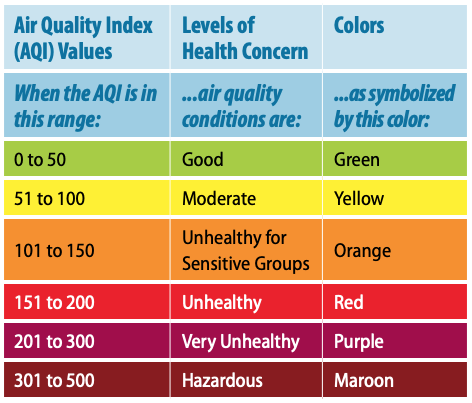
Another resource that the US EPA have put together is this article, How Smoke from Fires Can Affect Your Health.
Want to Know More about Air Quality?
The US EPA have a brochure on the AQI which you can download here.
While all of this is important to know and understand, please note that the apps and sites mentioned initially are measuring and assessing ambient air (outdoor air), and not indoor air. There are many instances where indoor air can be more polluted than outdoor air. This can be due to many internal sources, such as new furnishings, paint, floor finishes, and so on.
It is my professional opinion that many buildings should have air purifiers.
My personal preference is that I would rather a machine with a filter captures all of these pollutants, and not my nose and lungs.
Want to understand more about what you can do to create a healthy home or workplace?
#airquality #smoke #health #airpurifier #airqualityindex #PM2.5 #PM10 #particulatematter

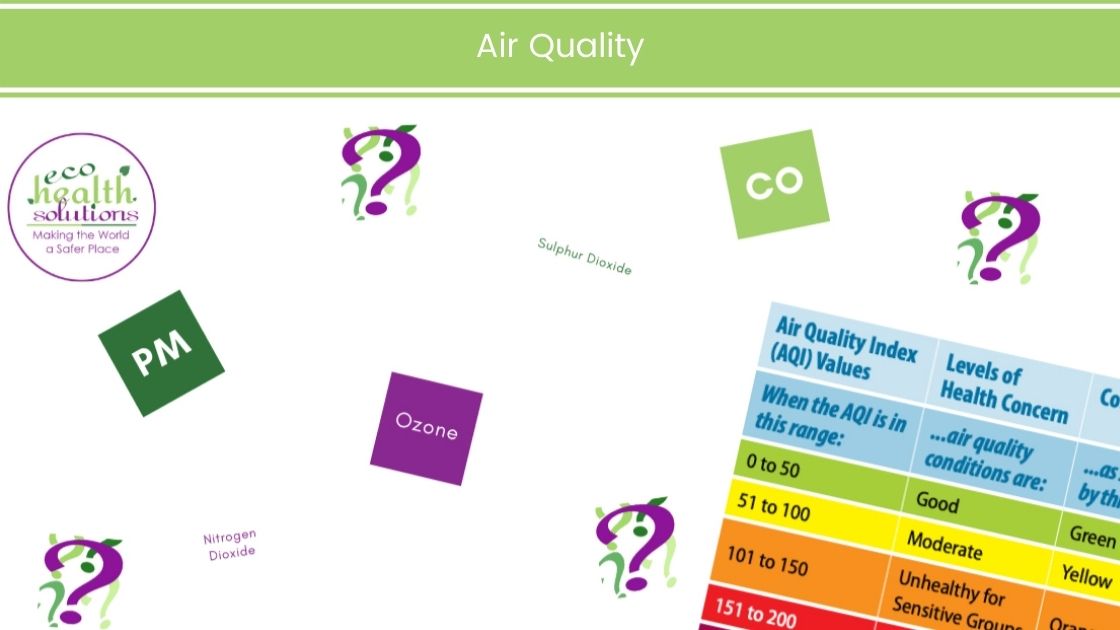


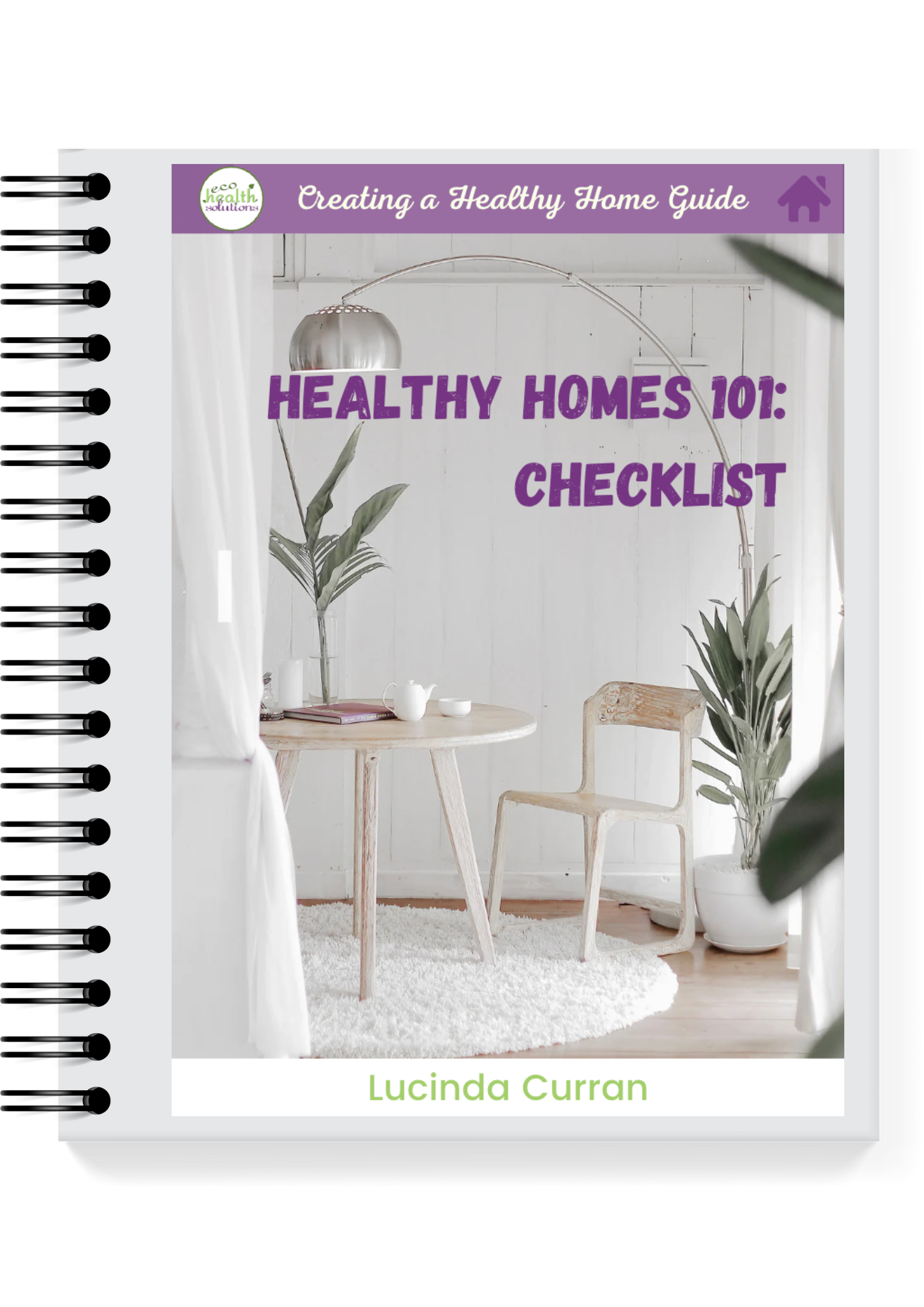




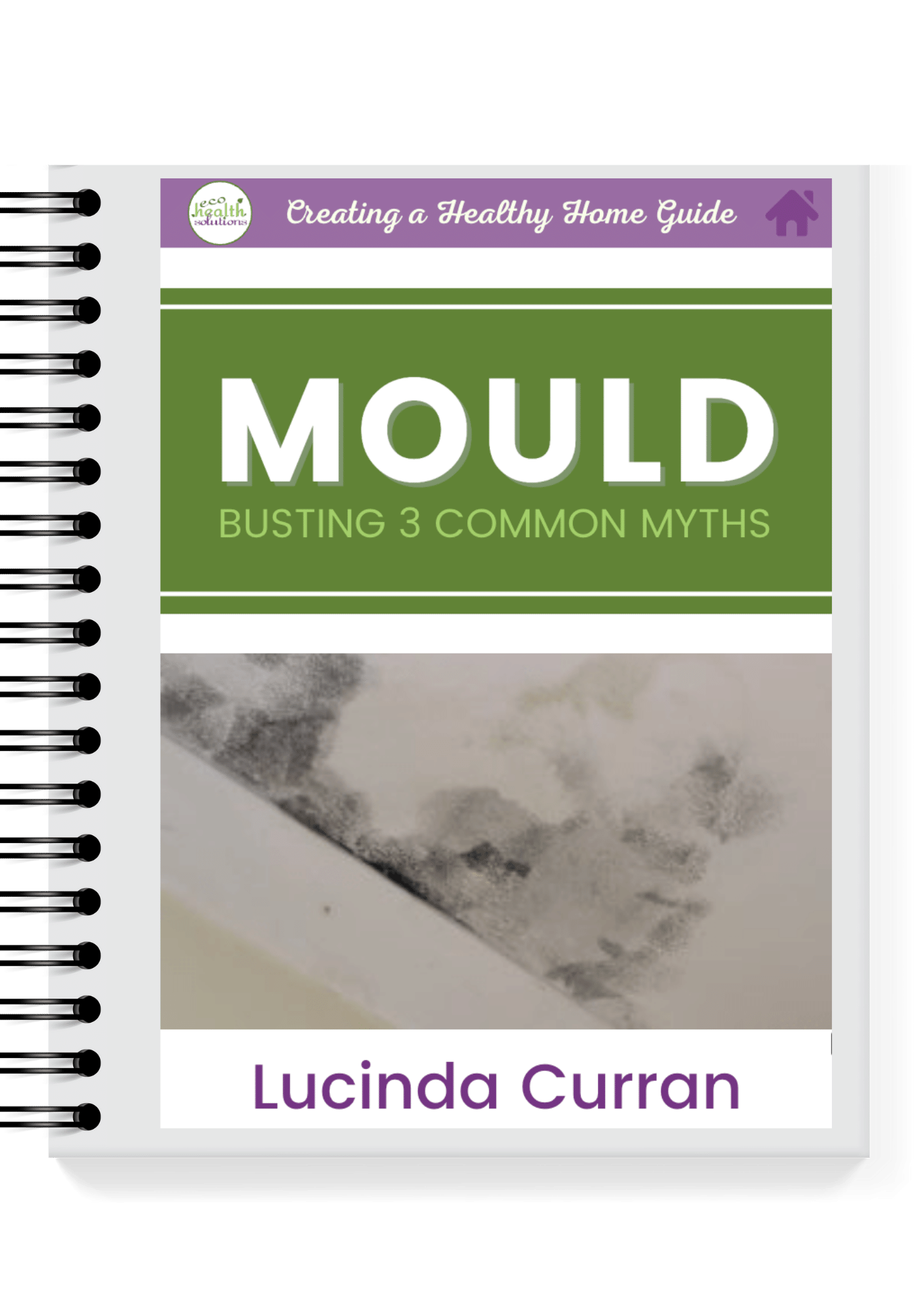

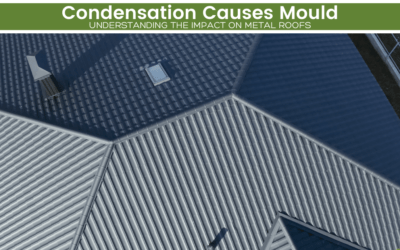

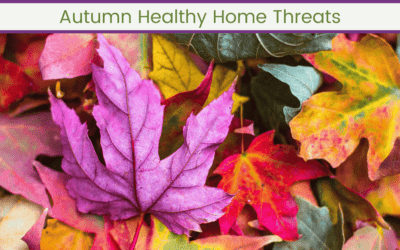
0 Comments